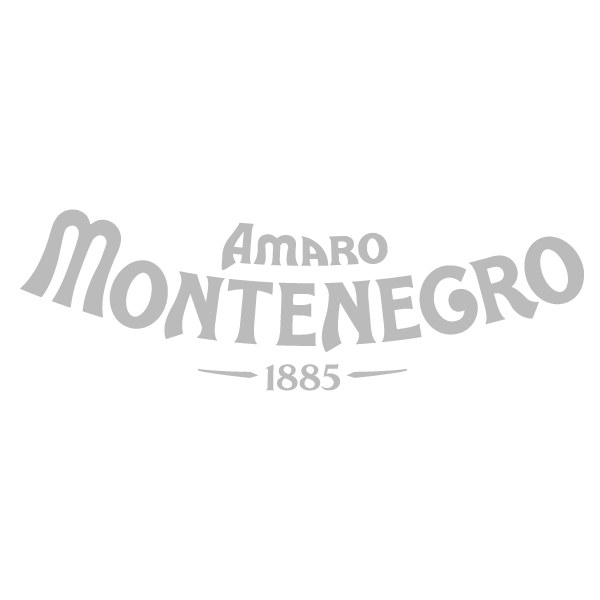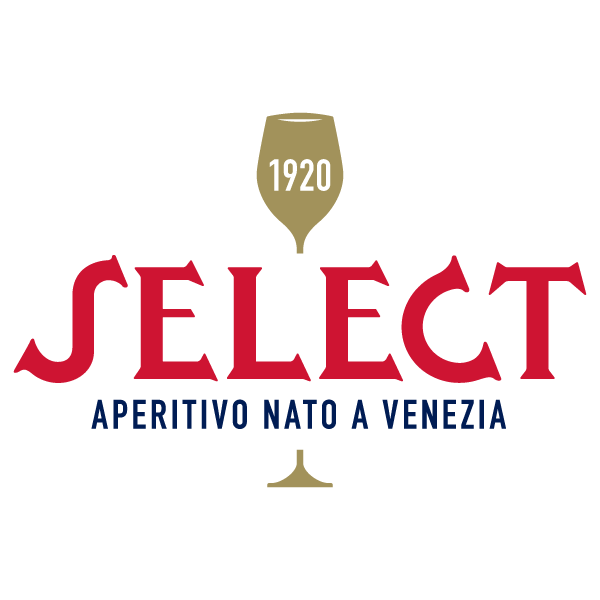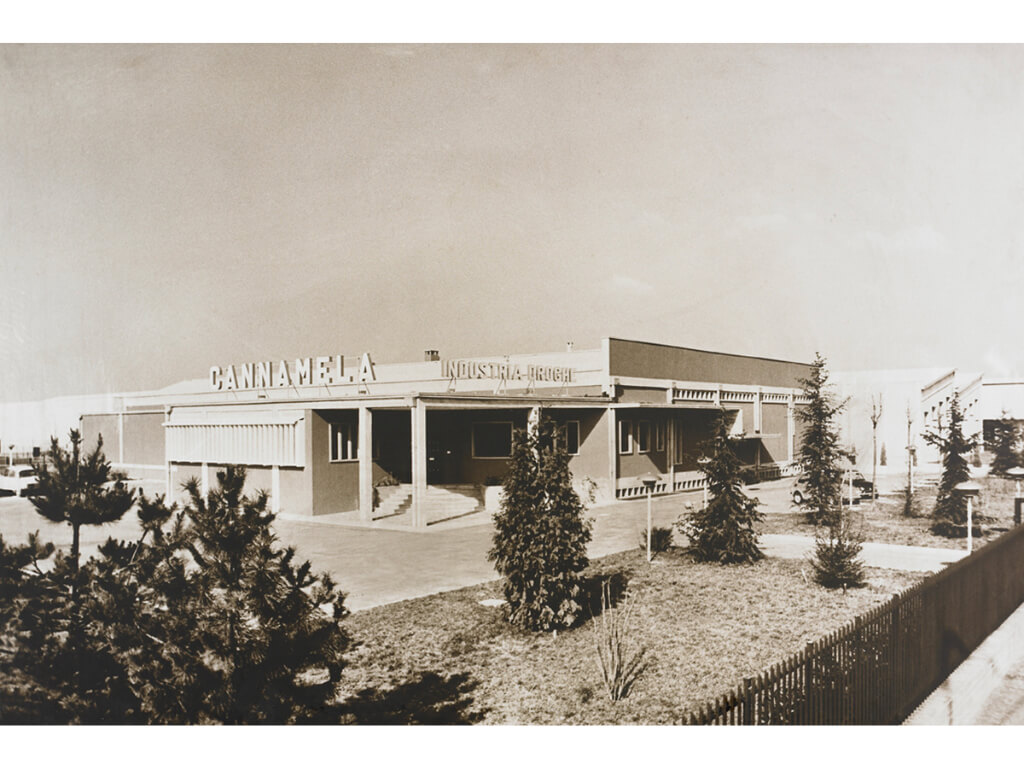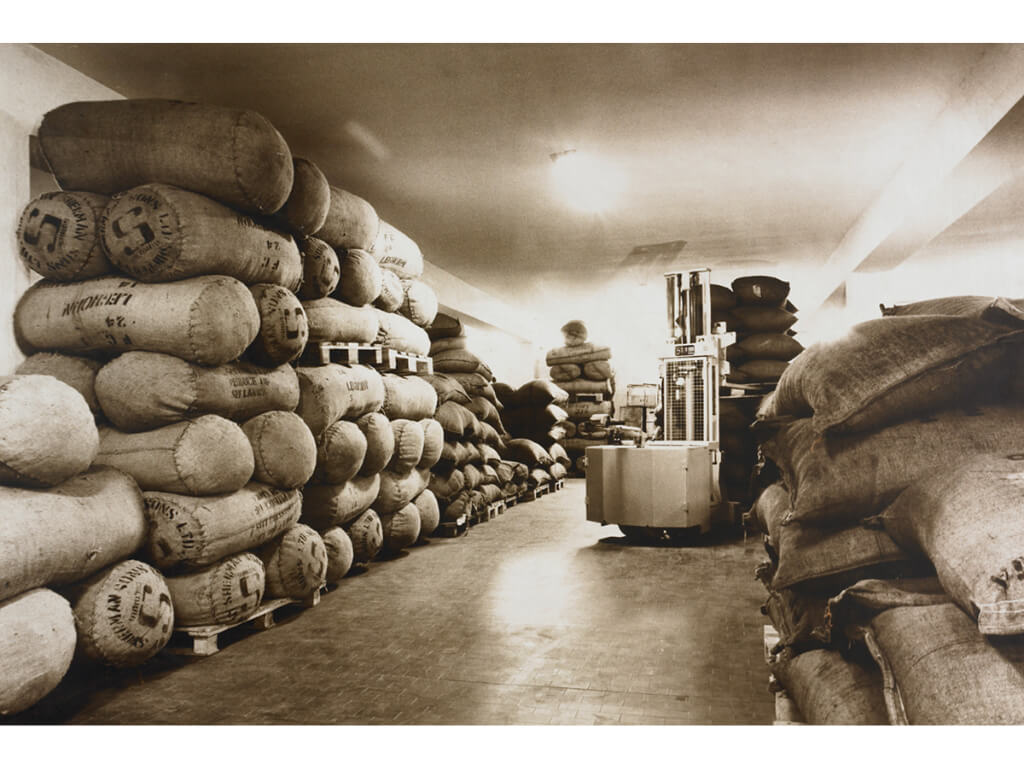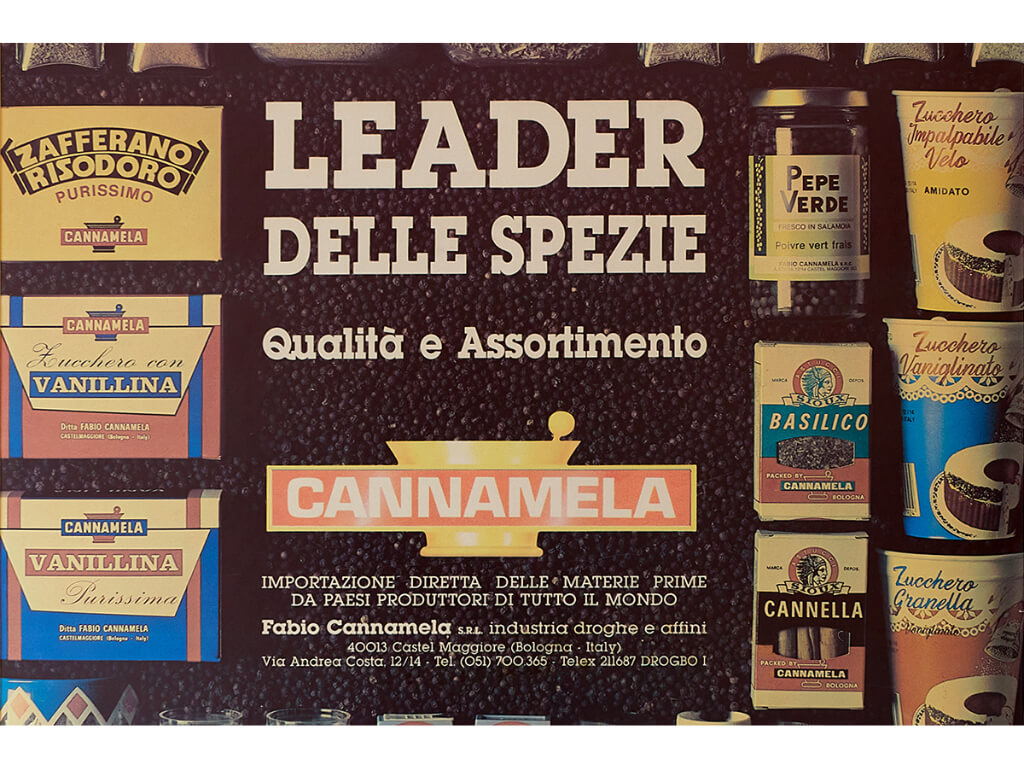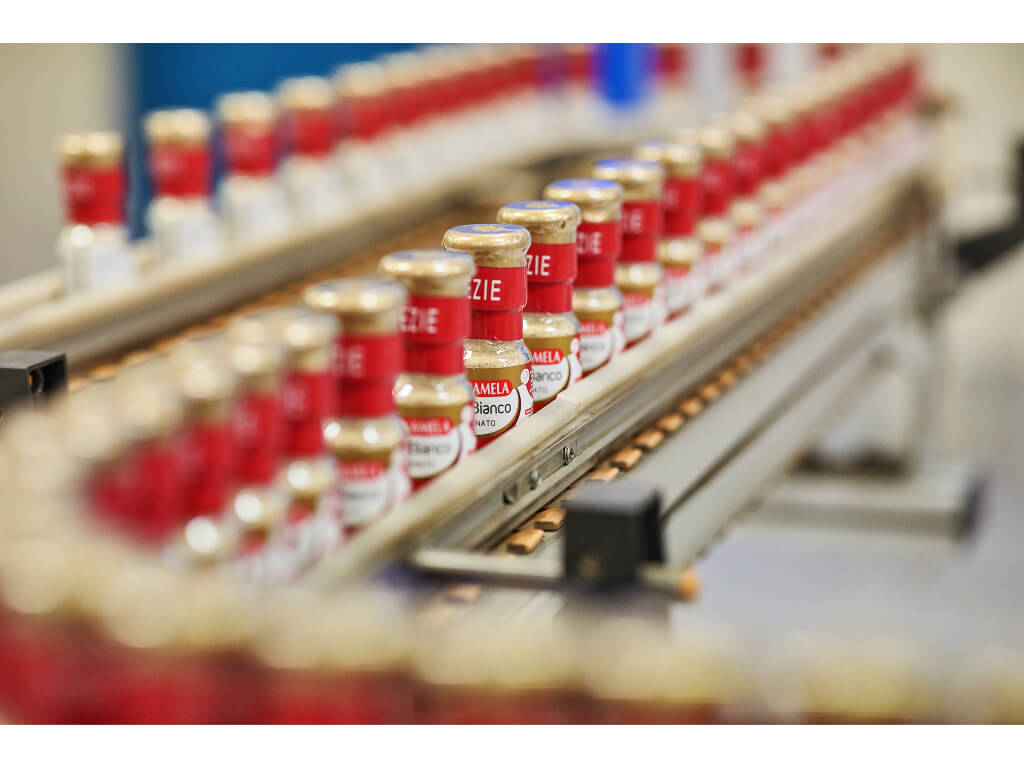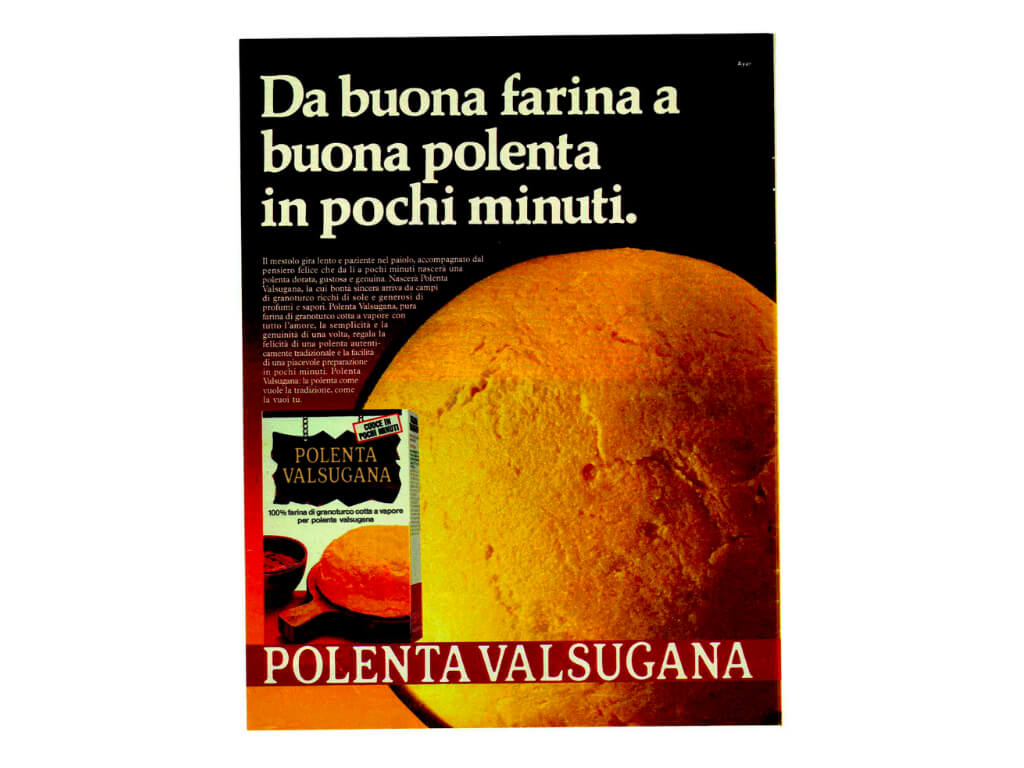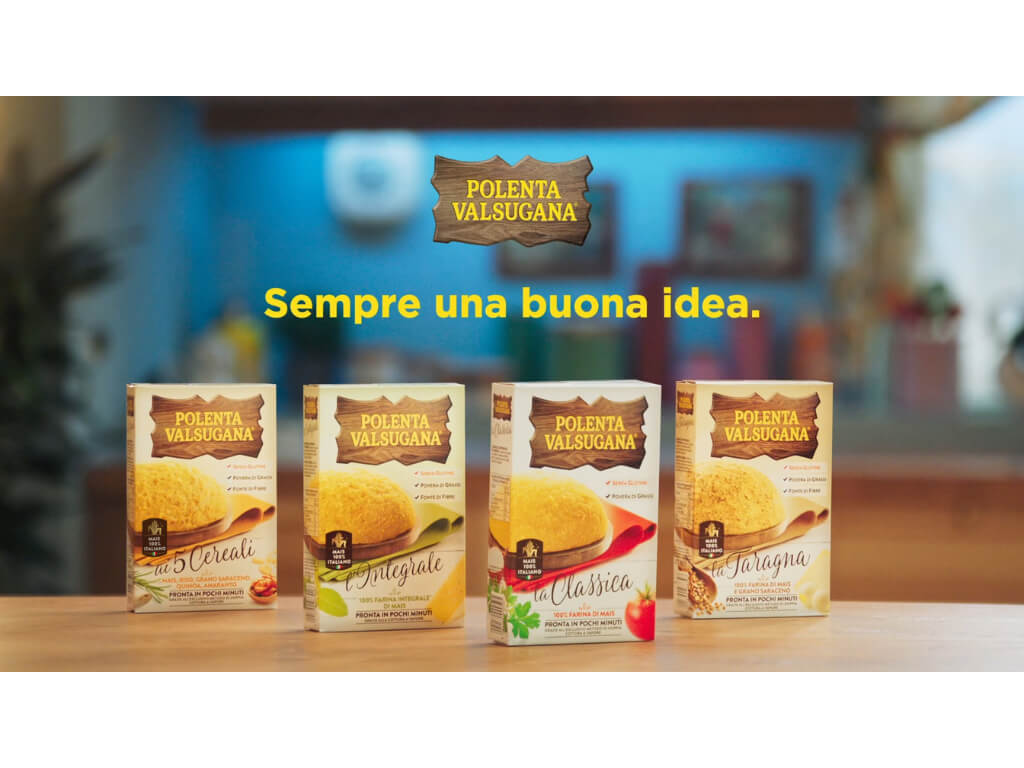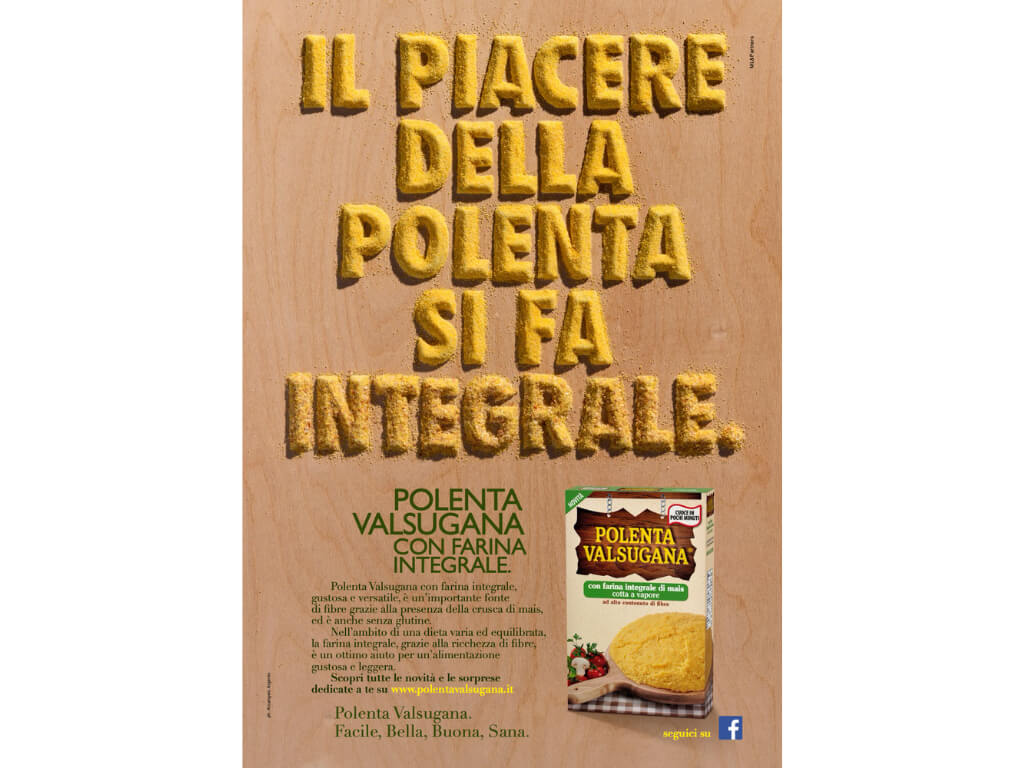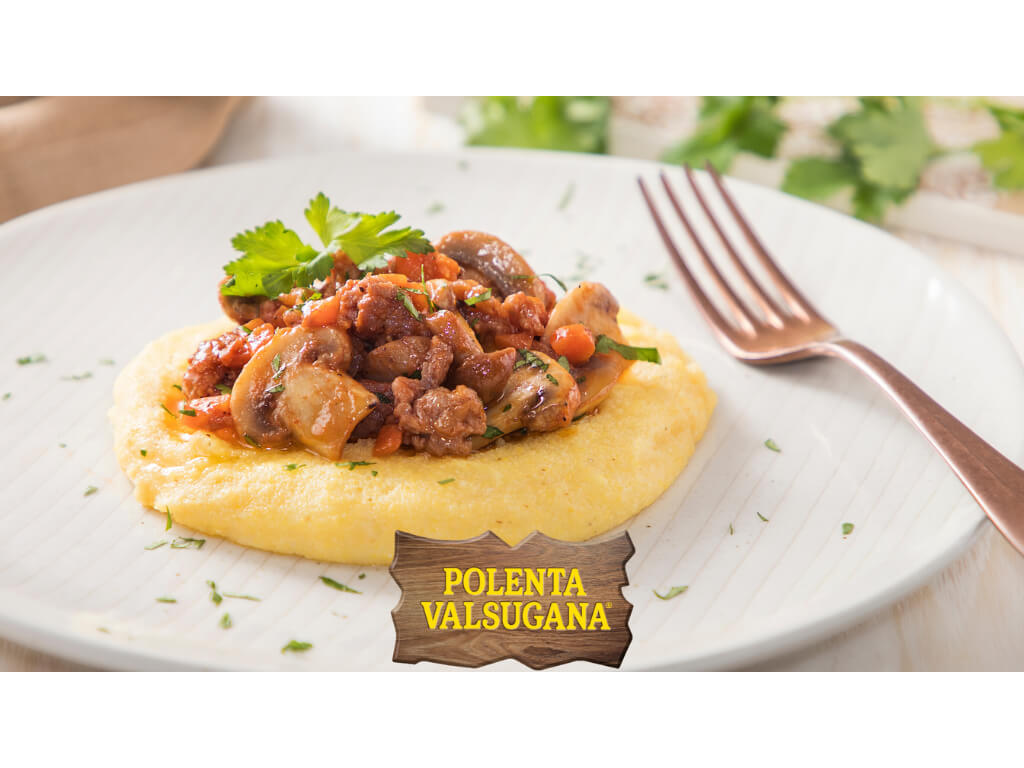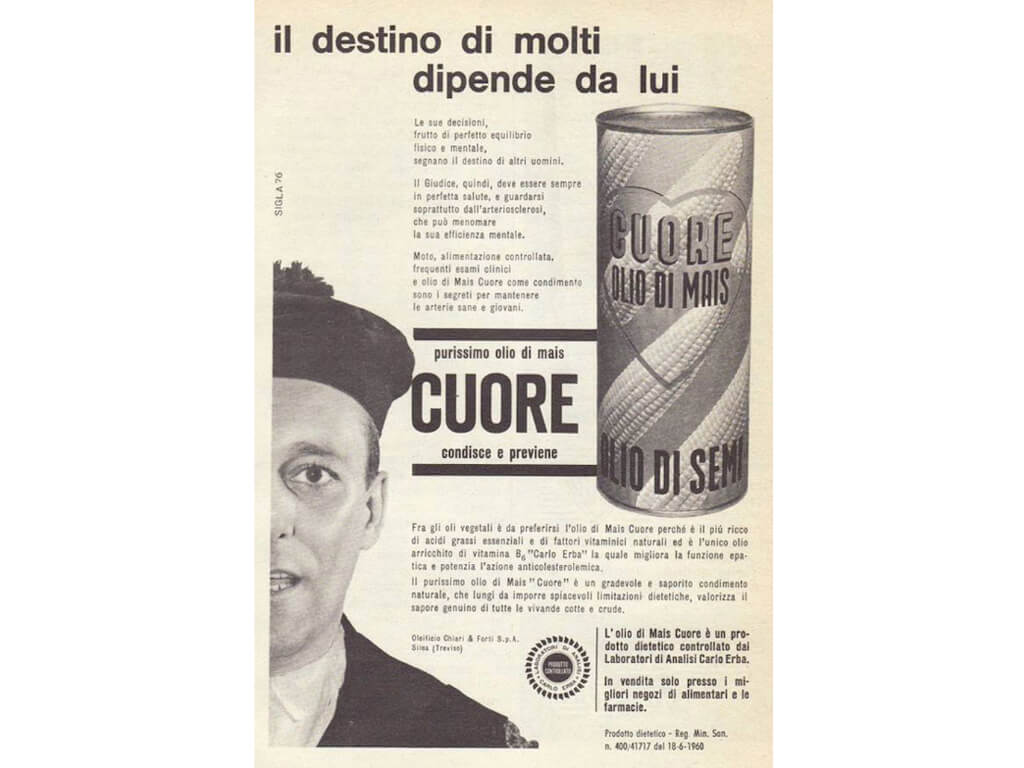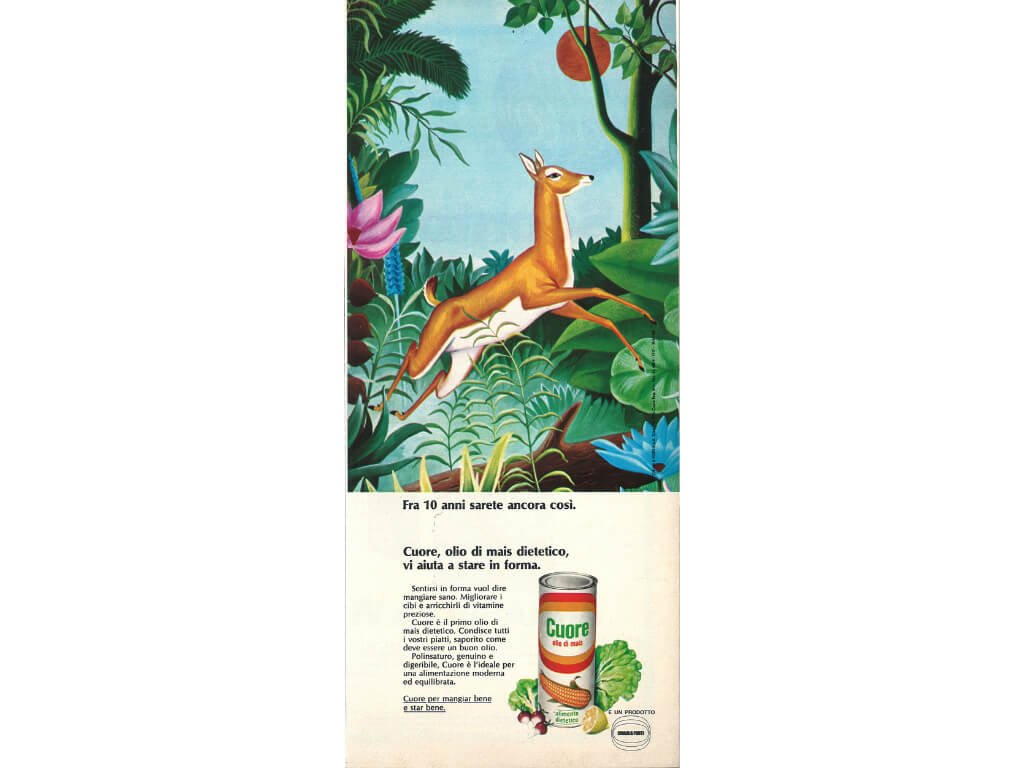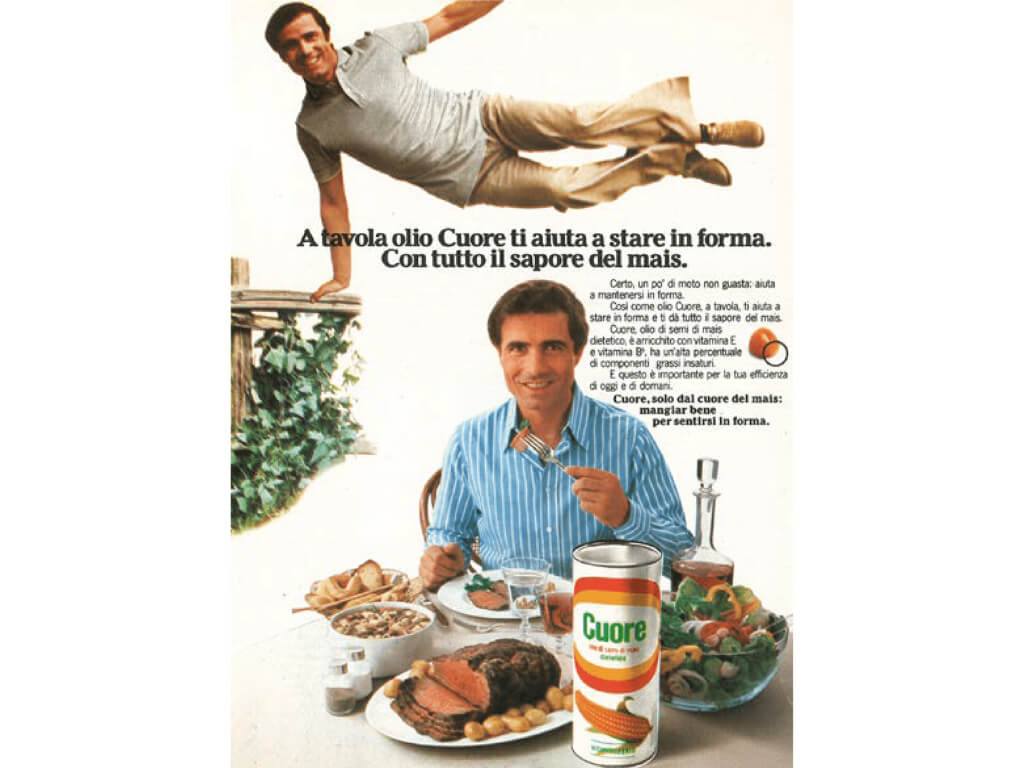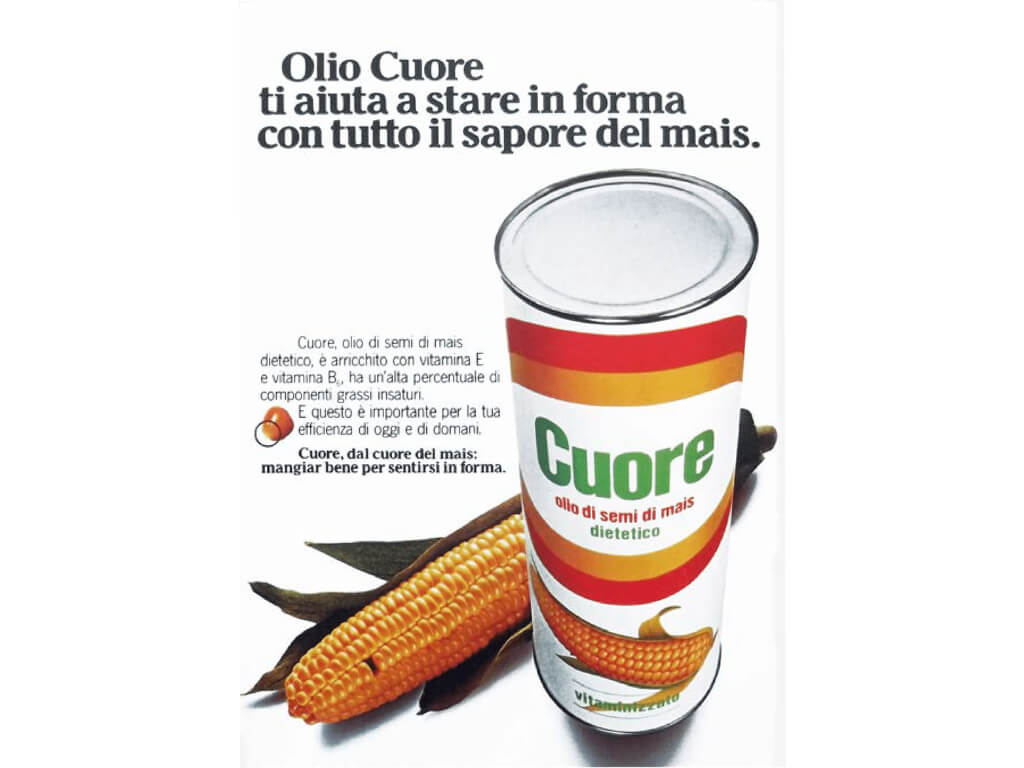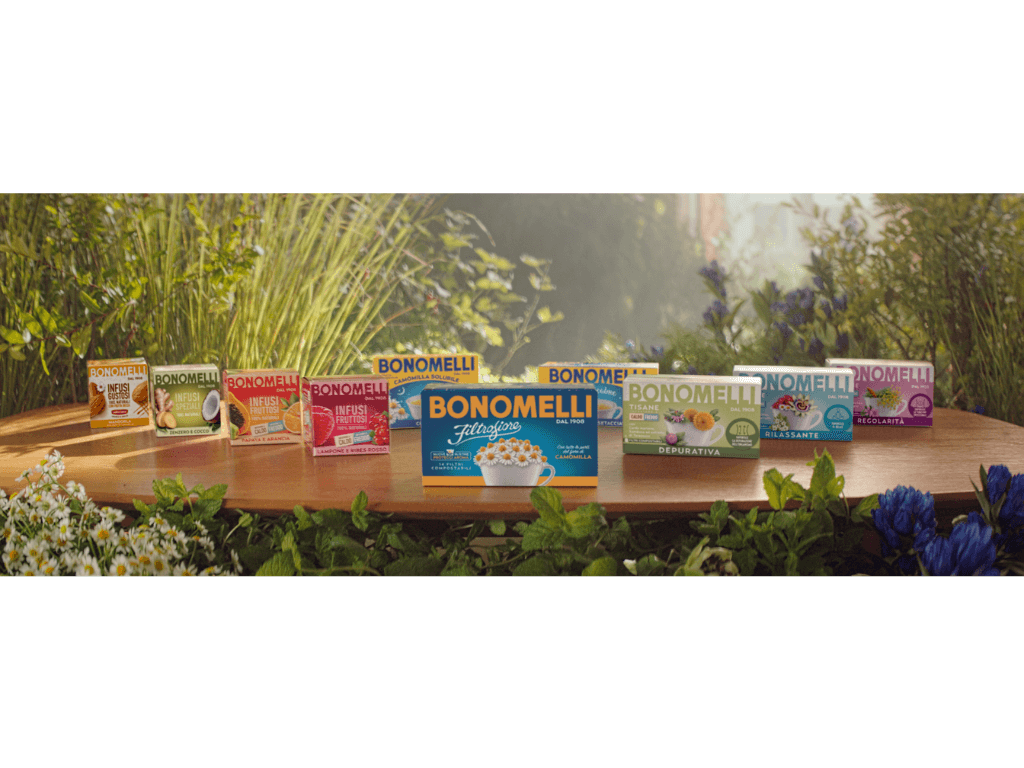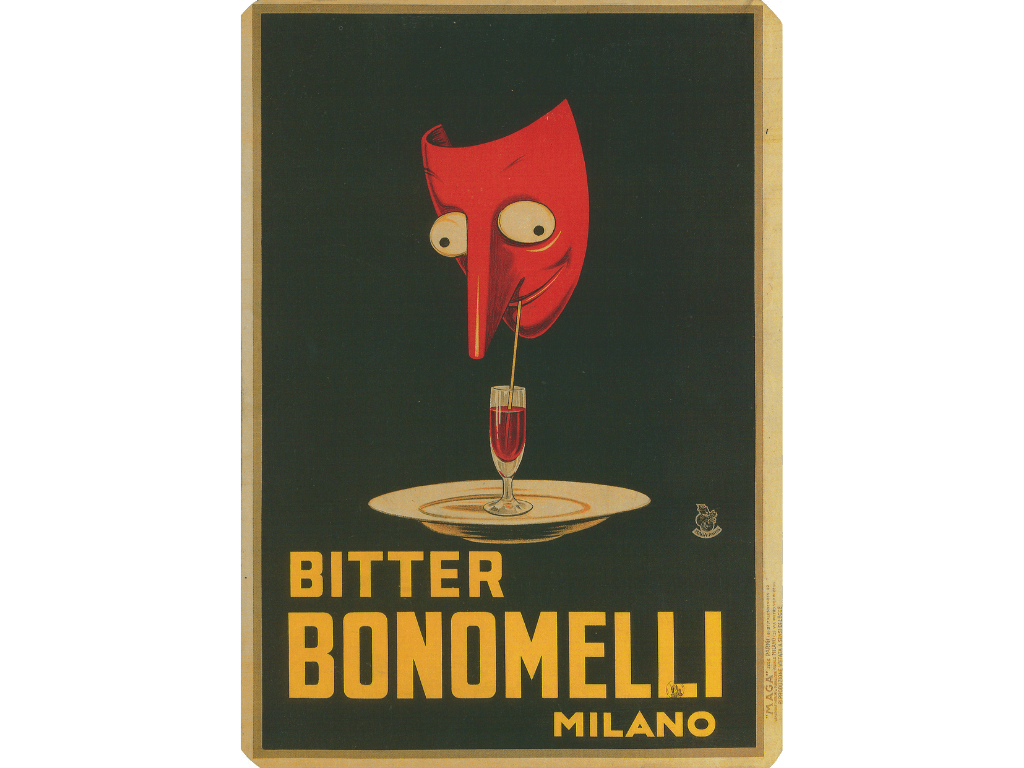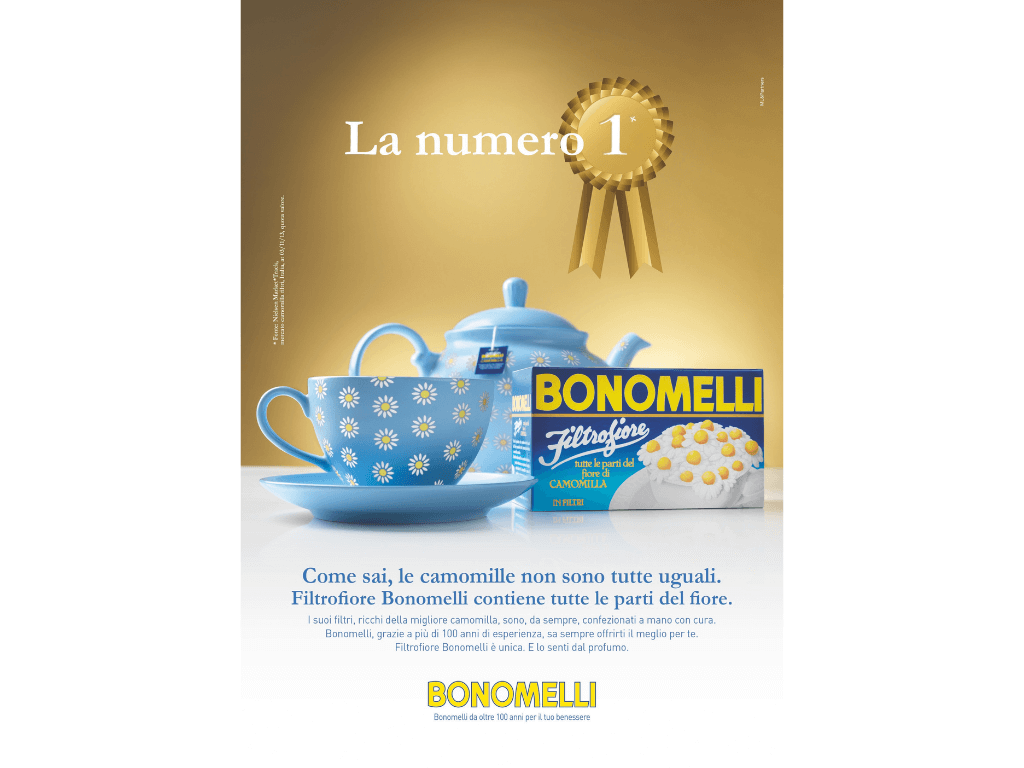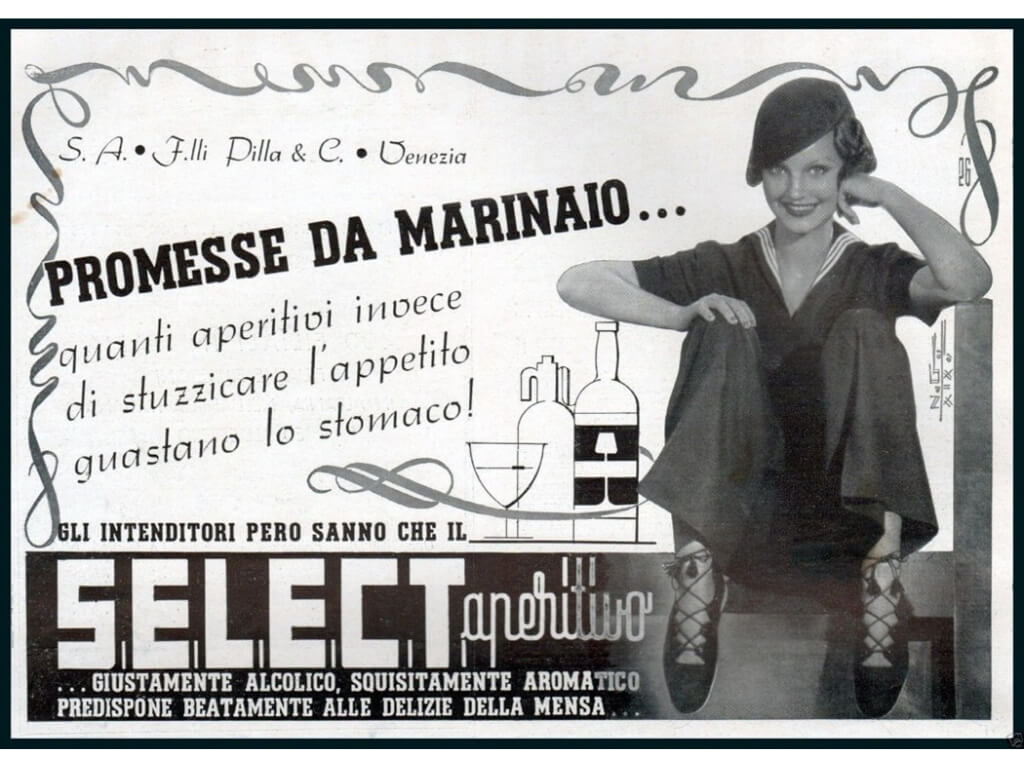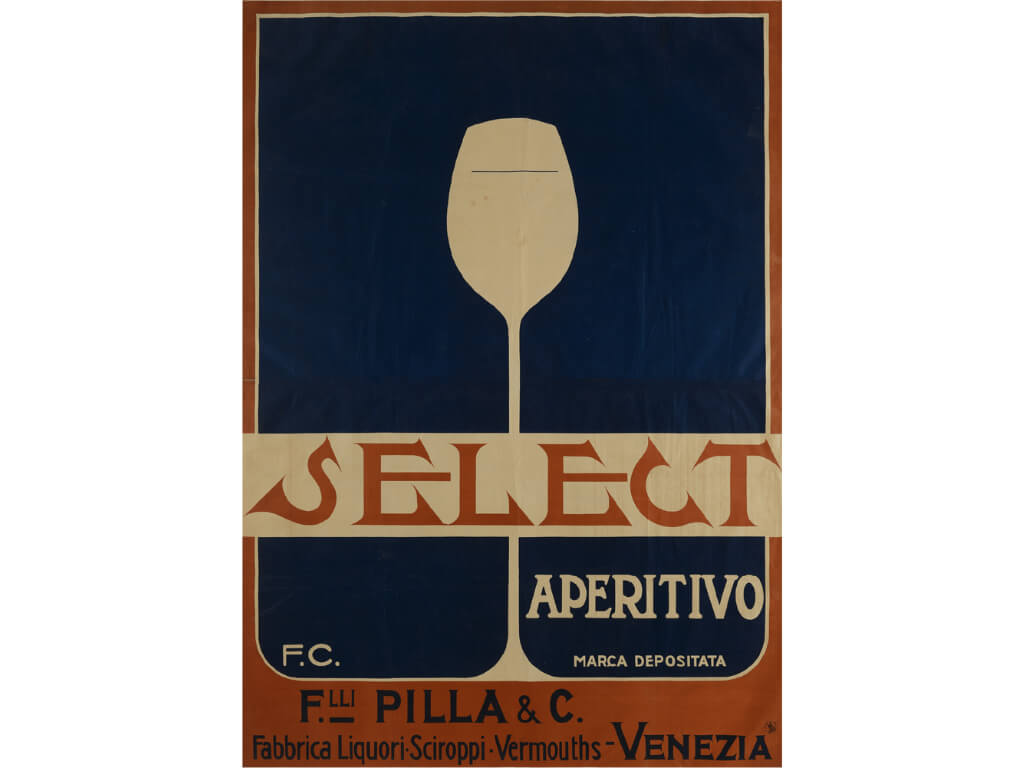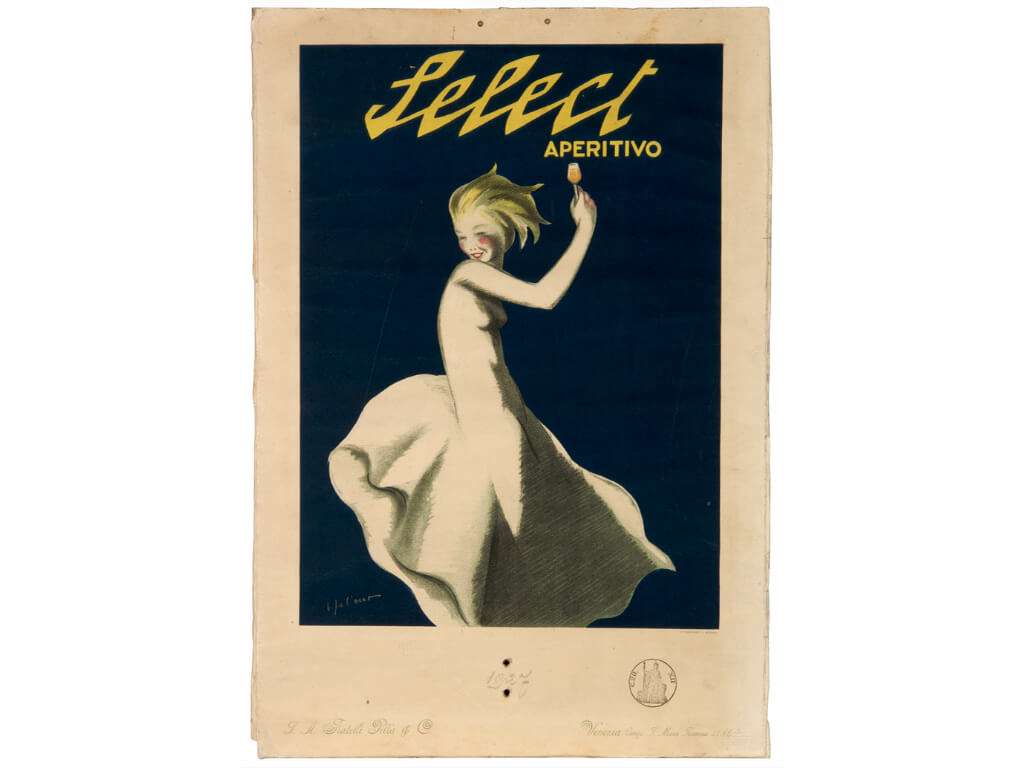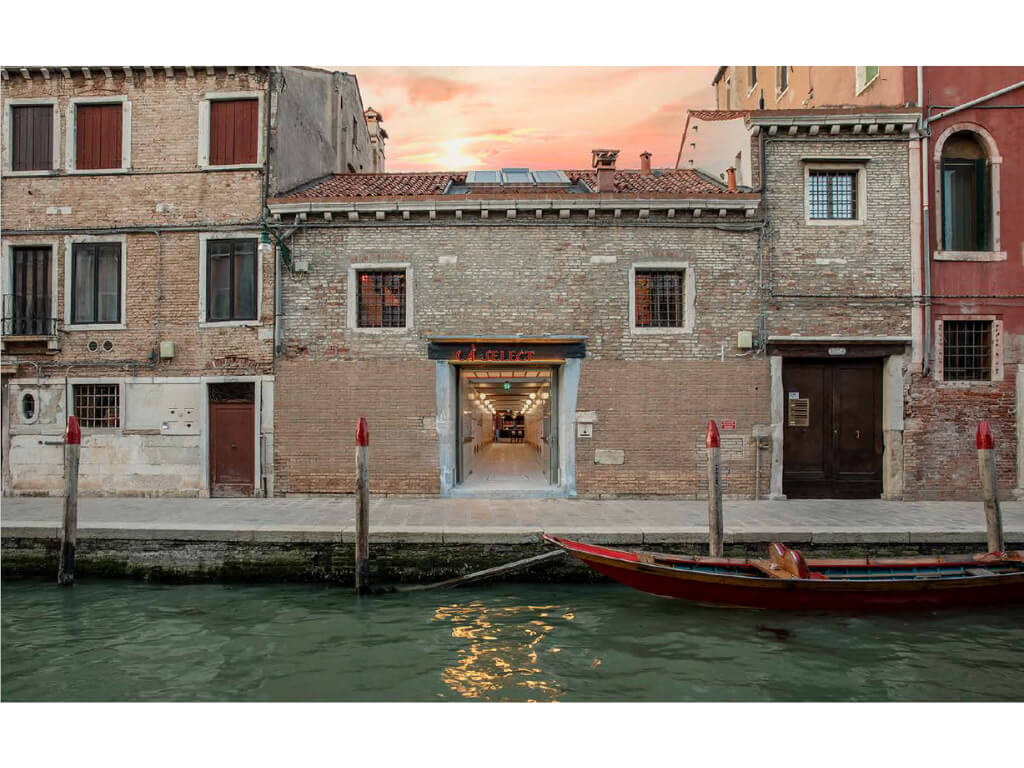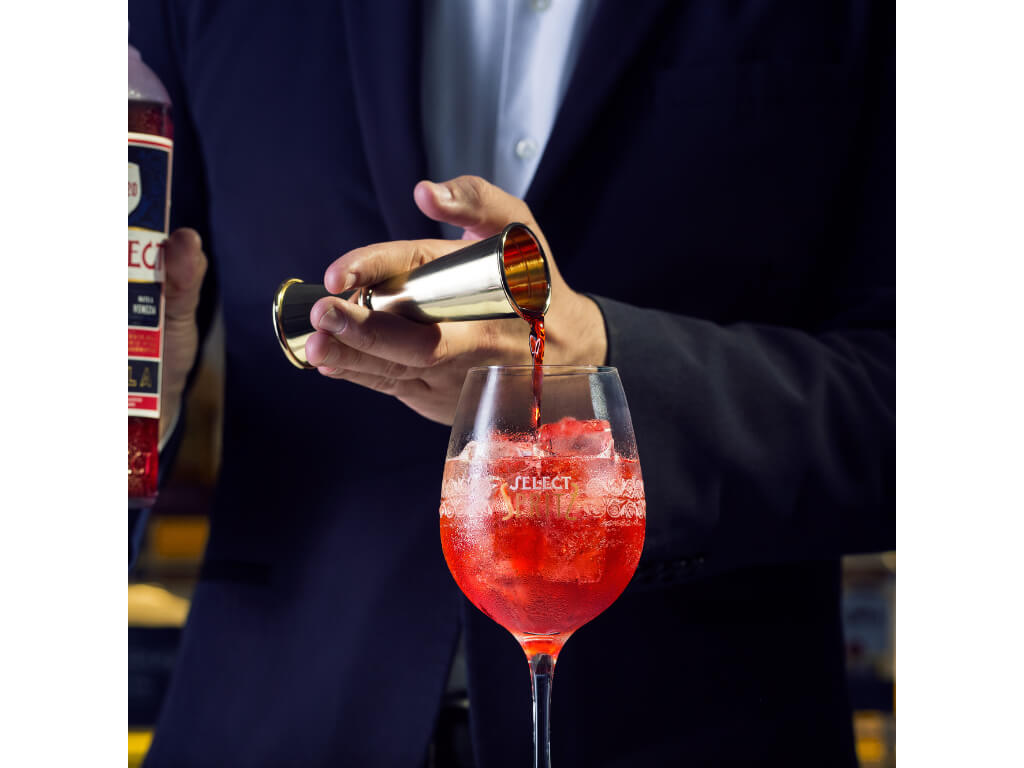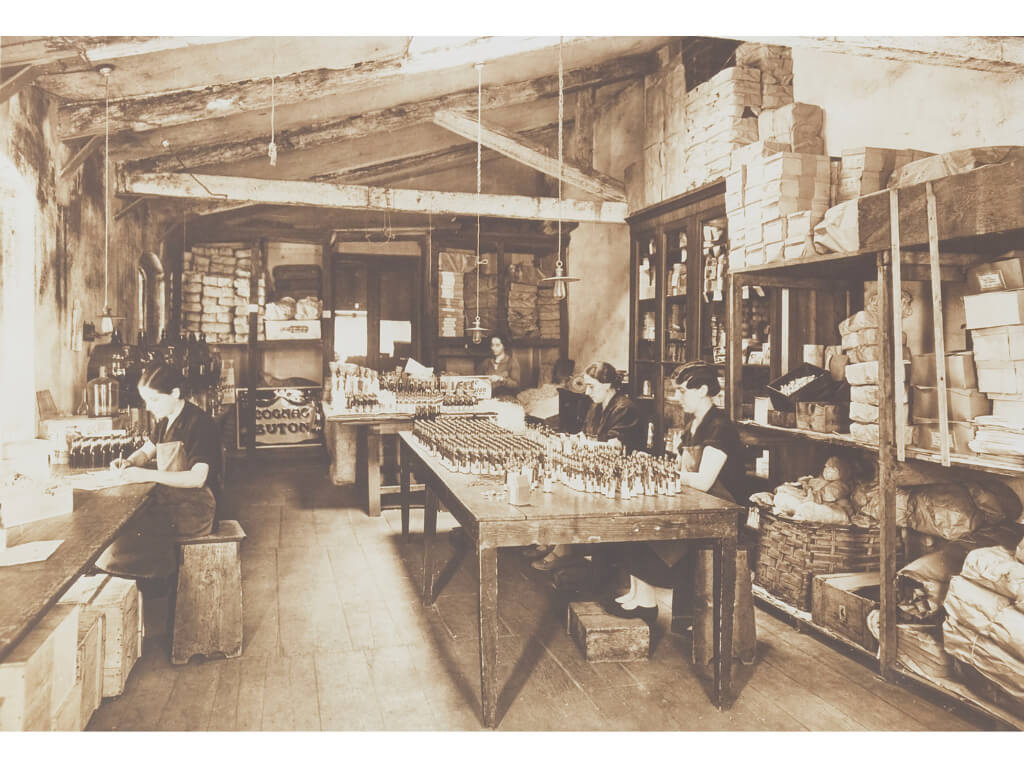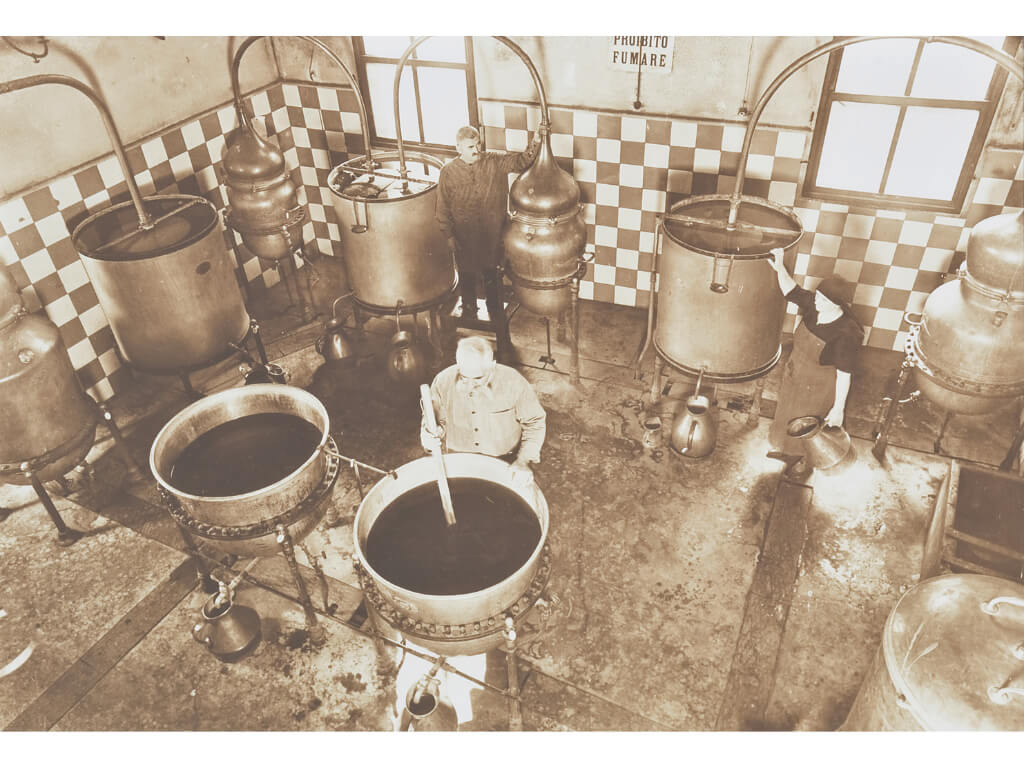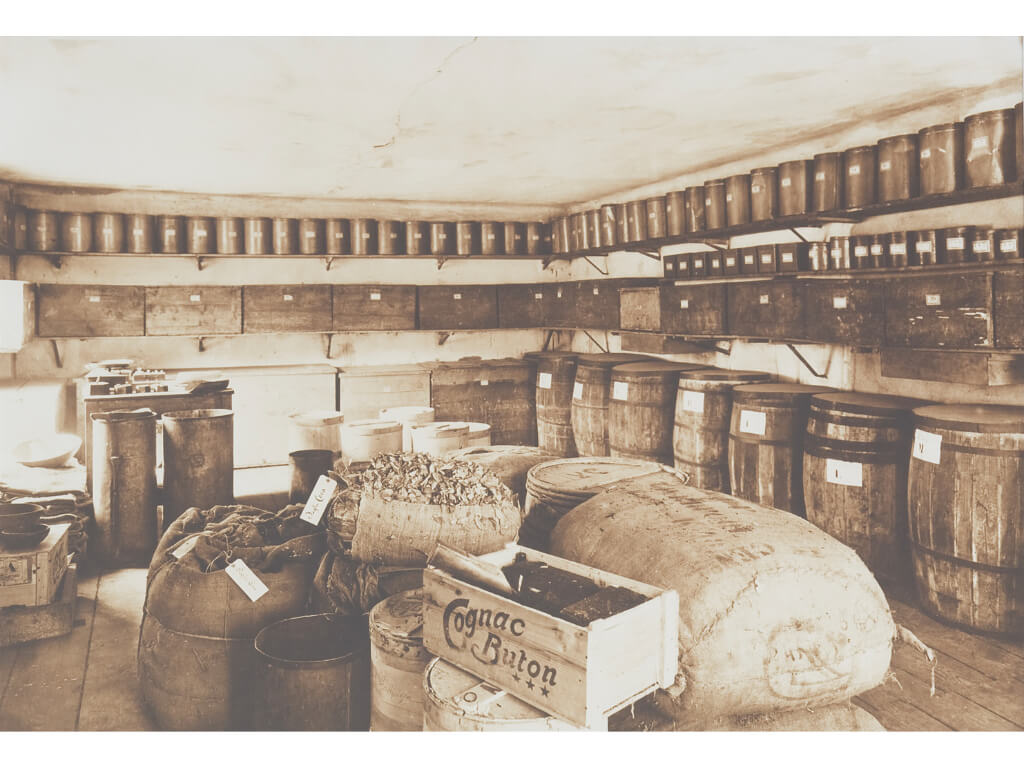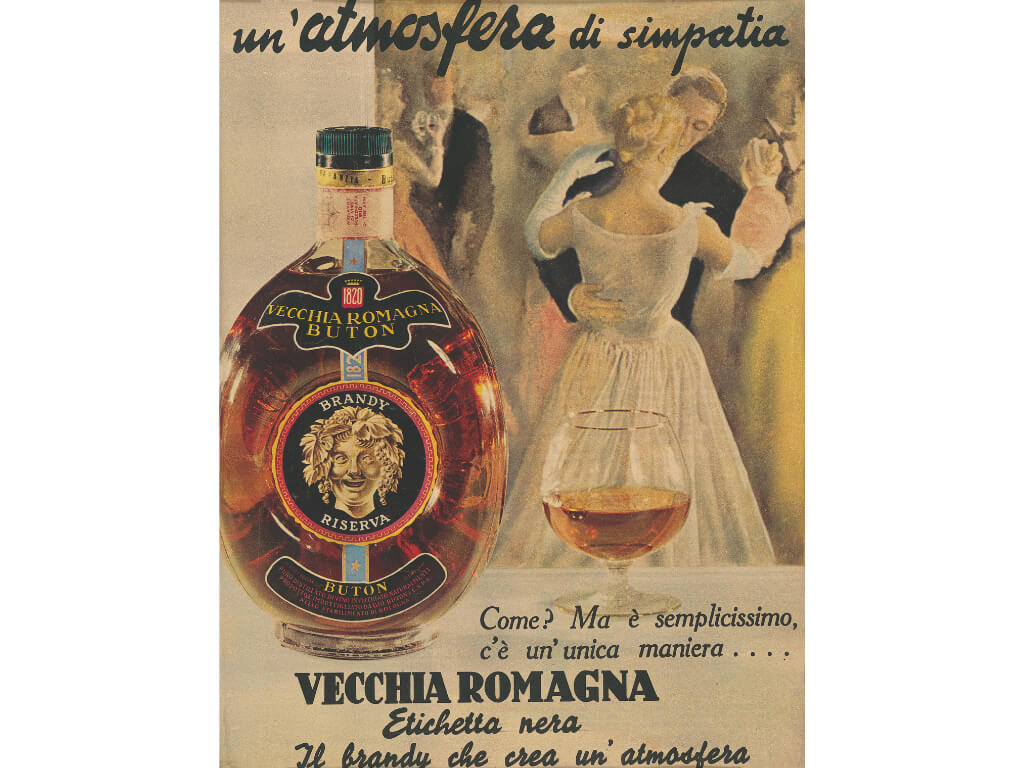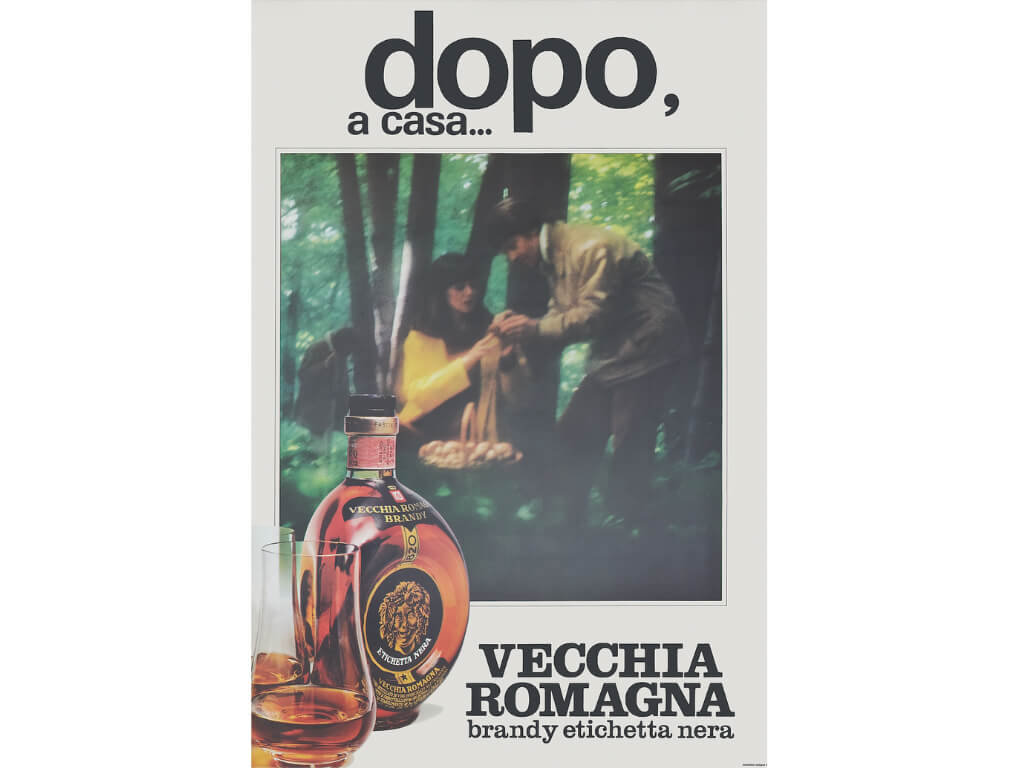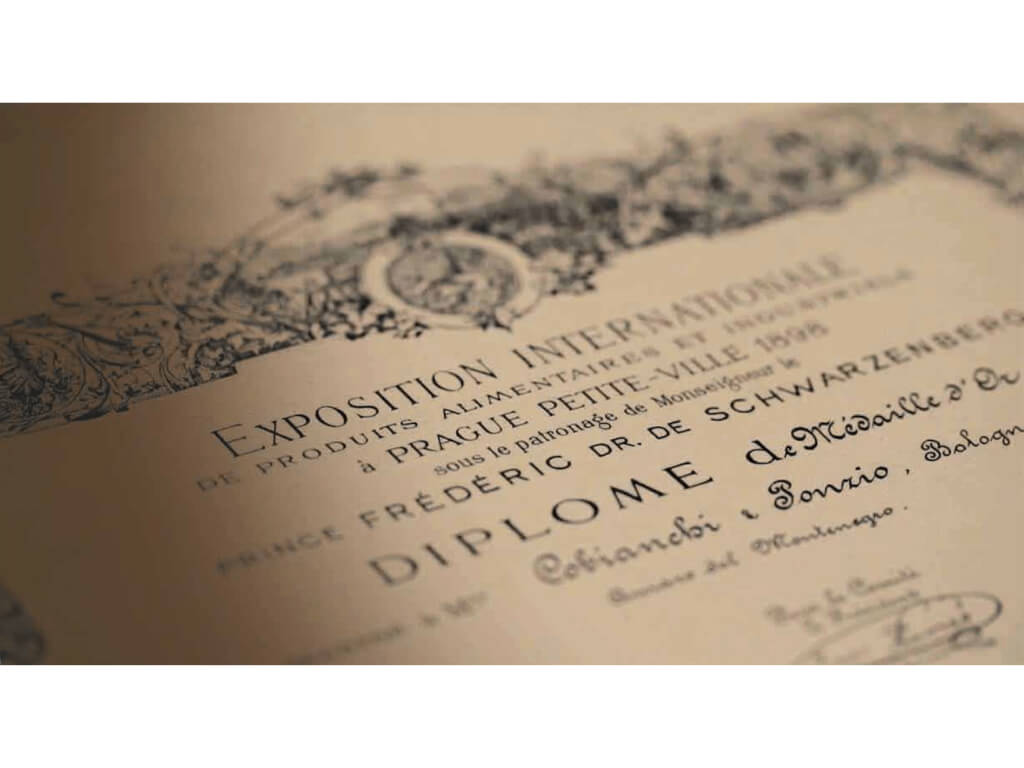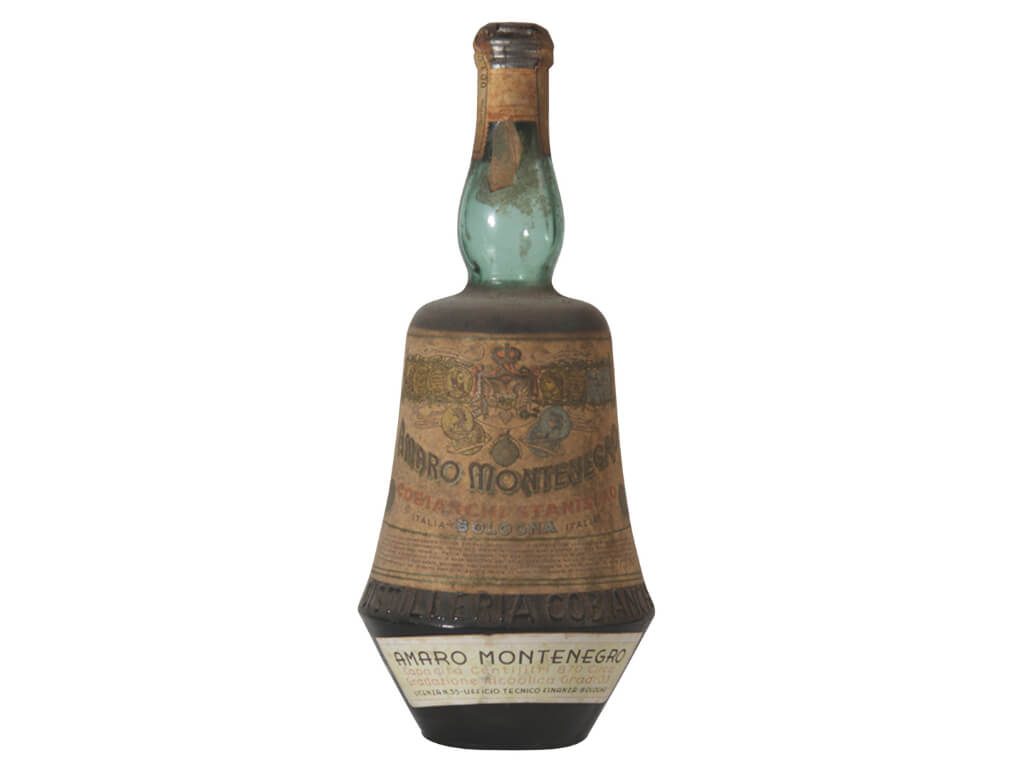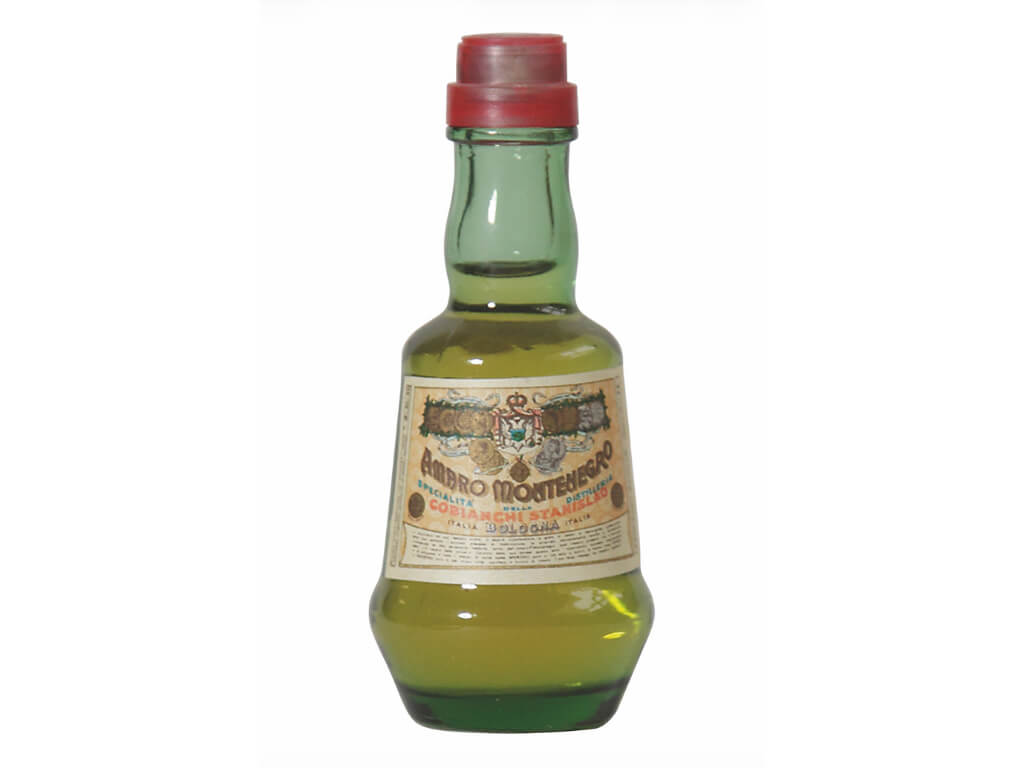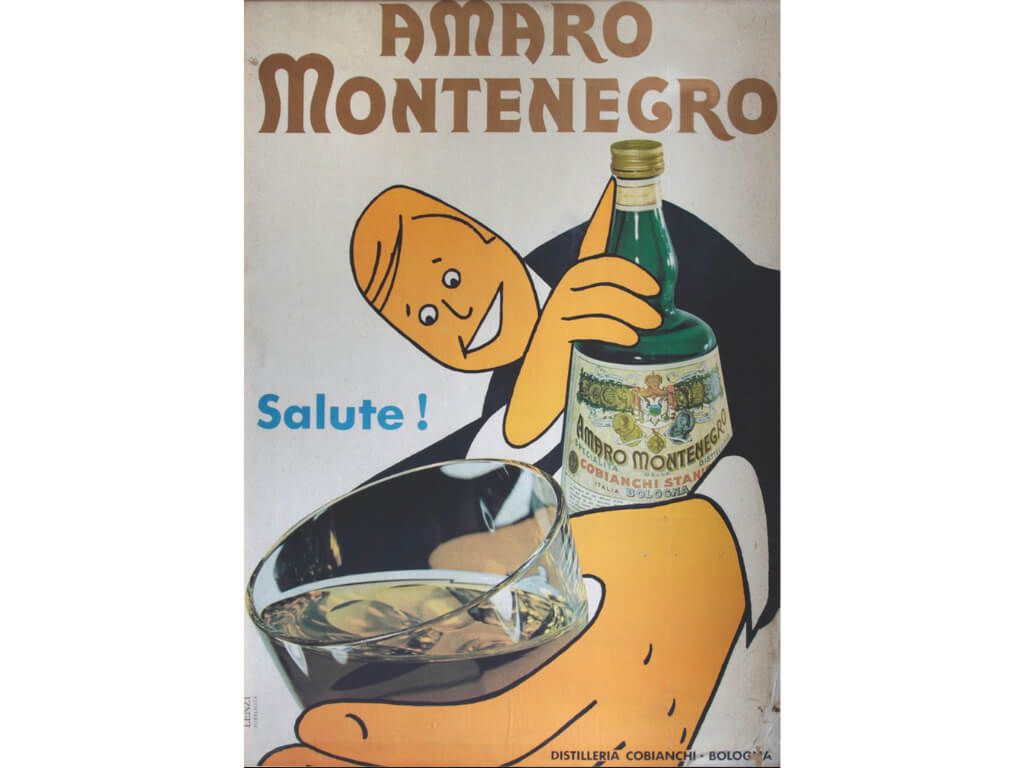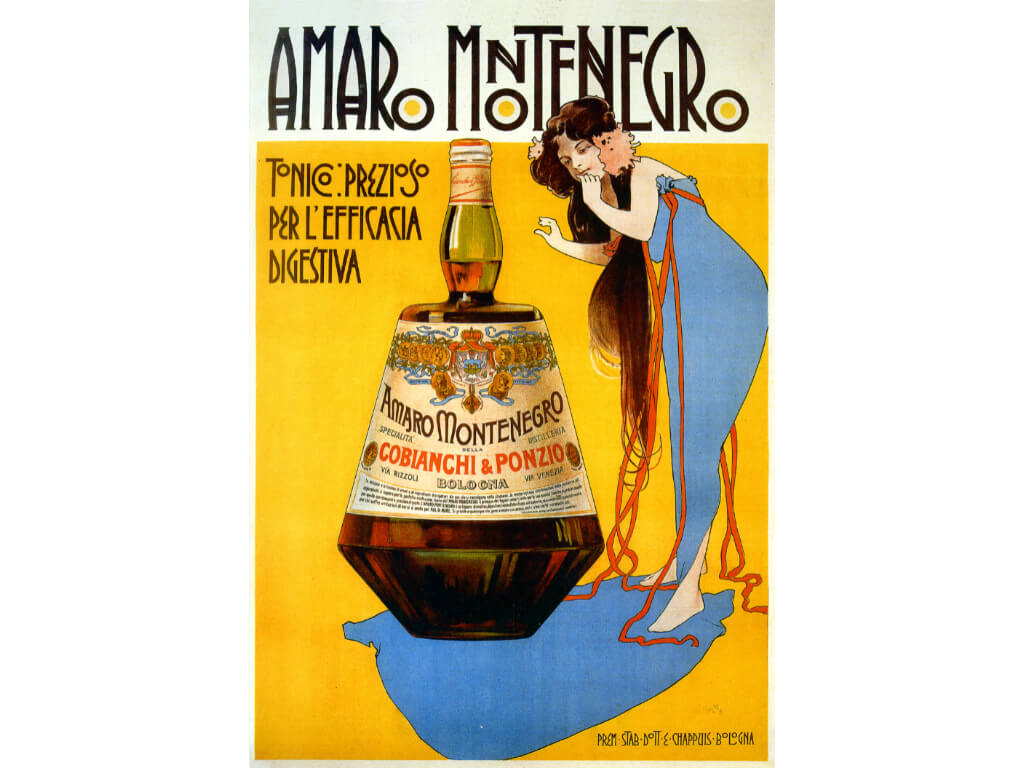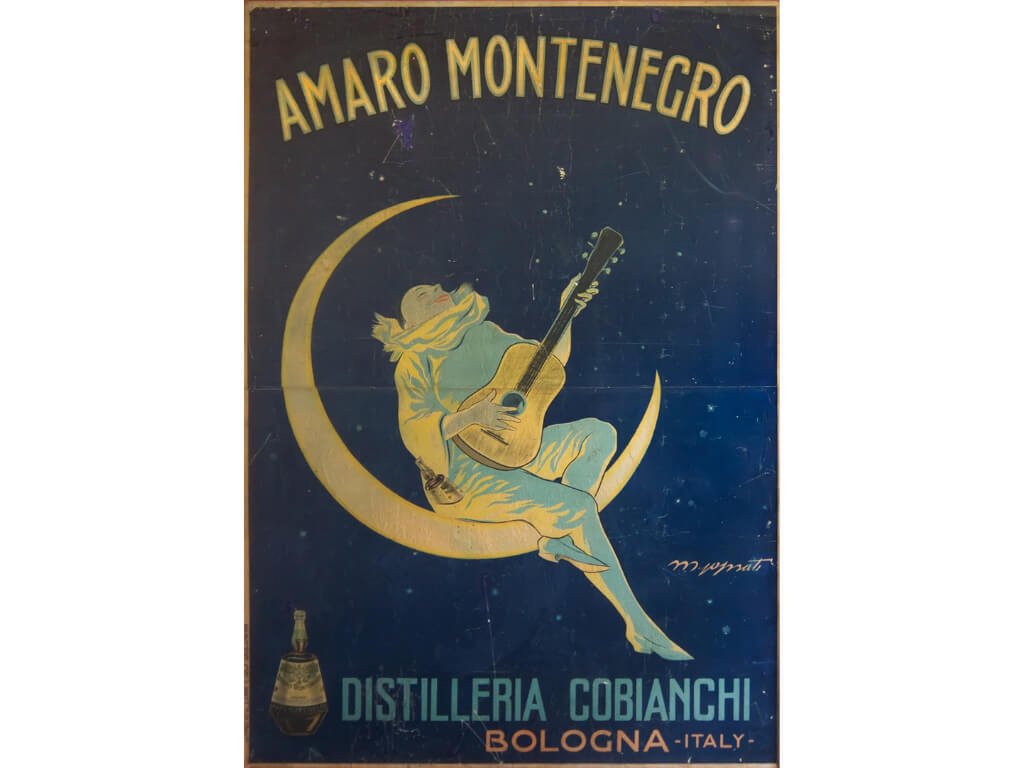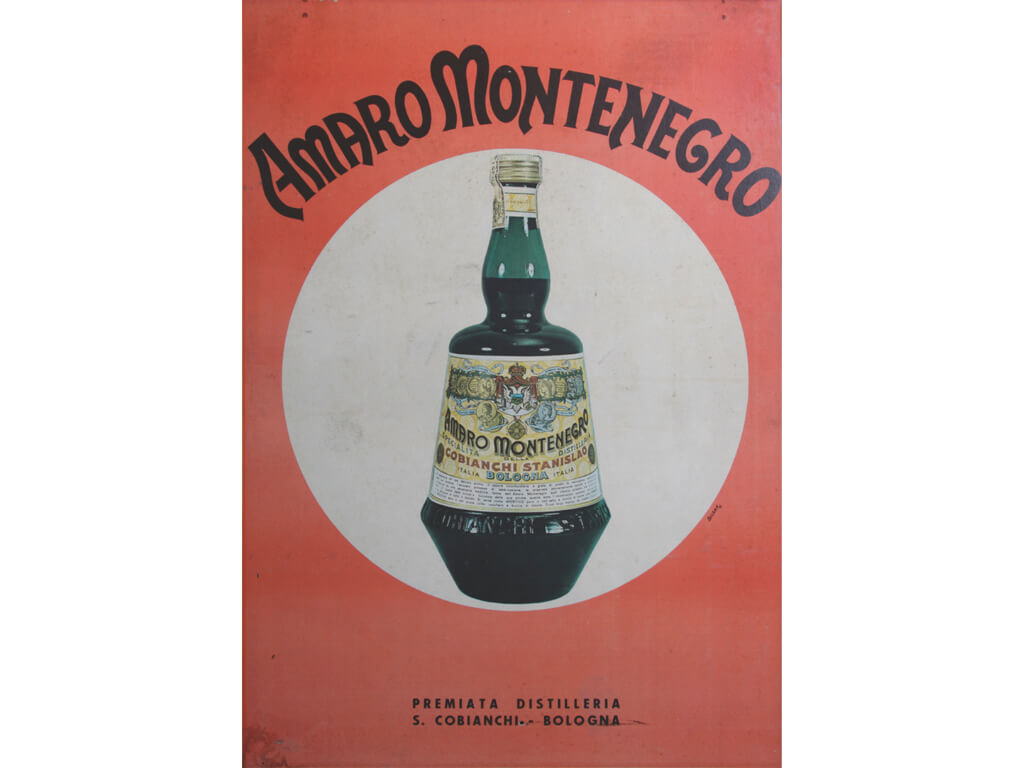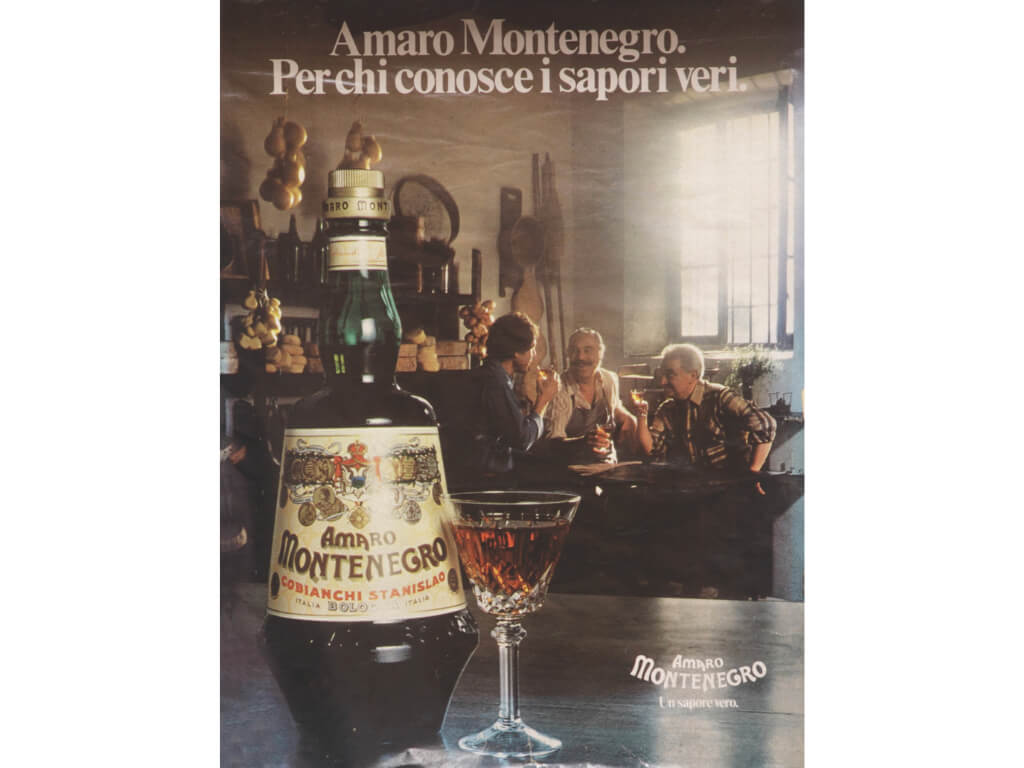Emotions
Our brands’ story through time
For more than a hundred years, Gruppo Montenegro’s brands have stood alongside generations of Italians, shaping their daily lives. This is a journey across history that honours a legacy of authenticity, tradition, and unforgettable moments.

Born in Bologna in 1956, Cannamela soon became much more than a brand: it grew into a symbol of spices, aromas, and passion, with over 20 product lines capable of satisfying every taste.
Its unmistakable jar with the golden cap is an icon, present in every Italian home, and a guarantee of unrivaled quality

1950s
A NEW ICON IN THE KITCHEN
In the 1950s, the Cannamela family from the Lame district of Bologna embarked on an extraordinary adventure, driven by passion and initiative: to trade herbs and spices from all over the world.
1960s-1970s
QUALITY THAT SHINES
In the 1960s, Cannamela was still small but growing strongly, expanding beyond regional borders with its high-quality spices and innovative packaging such as transparent sachets and the famous “Speziere”.
1970s-1980s
GROUND AT THE MOMENT
Innovation continued: in 1976, Cannamela patented the revolutionary “Tappomacina” – a glass jar with a grinder cap, allowing spices to be freshly ground at the moment of use.
1980s-1990s
AN IDEA THAT TRAVELED THE WORLD
So practical and innovative, the grinder jar quickly spread beyond Italy’s borders. The brand’s mission – to bring people closer to the world of spices with high-quality and practical products – could be considered achieved!
1990s-2000s
CERTIFIED SAFETY
In 1994, Cannamela became the first brand in Europe to introduce raw material sanitization treatment, eliminating potential pathogens while preserving the organoleptic characteristics of the spices. In 1995, Cannamela became part of Gruppo Montenegro, marking a key milestone in its history.
2000s-2010s
A CHOICE FOR THE EARTH
In 2000, Cannamela was the first brand in Italy to launch a line of spices and herbs exclusively from organic farming – Bionatura – to protect the vitality of the soil for the future. Today, Bionatura remains one of the best-selling lines
2010s-2020s
SUSTAINABLE INNOVATION
Cannamela continued to innovate sustainably. In 2018, the launch of the line “Le Regionali Bio”, the first range of regional Italian organic herbs and spices. In 2019, it introduced the “Fairtrade” line – the first time that organic Fairtrade-certified spices entered the large-scale retail market in Italy.
TODAY
THE JOURNEY CONTINUES
Deeply rooted in Bologna, Cannamela combines passion for raw materials with ongoing improvements in production technology and constant pursuit of excellence. These elements allow Cannamela to keep its place in the hearts and kitchens of Italians, while investing in innovation, from traditional to ethnic recipes, and in collaborations with well-known personalities such as Benedetta Rossi.

Thanks to its precooking process, Polenta Valsugana changed Italian habits, allowing everyone to prepare and enjoy perfect polenta in just a few minutes, with all the flavor and aroma of tradition.

1920s
AN ITALIAN STORY
In the roaring Chicago of the 1920s, a young man from Friuli missed the flavors of his homeland. He wondered if there was a way to prepare polenta quickly, even abroad. This thought gave birth to Polenta Valsugana, the first ready-made polenta thanks to steam precooking.
1930s
A NAME FULL OF MEANING
It was named Valsugana, like the famous Alpine song sung by soldiers during World War I. A name evoking courage, tradition, and love for home.
1940s
KEEPING UP WITH THE TIMES
The first quick polenta was born abroad, proving how Italian culinary traditions could adapt to new lifestyles both overseas and at home.
1950s
SONGS AND FLAVORS
The Alpine song reached new popularity thanks to Gigliola Cinquetti, just as Polenta Valsugana began its journey in Italy, winning over modern households.
1960s
YEARS OF CONSOLIDATION
As women increasingly worked outside the home, Polenta Valsugana became a trusted ally: quick, genuine, and deeply tied to tradition.
1970s
THE SCENT OF HOME
Polenta Valsugana became a cultural and culinary icon through print ads, that spoke to new consumers, promising authentic taste with respect for heritage.
1980s
CONSTANT GROWTH
The brand continued to grow and expand, becoming ever more established while exploring new potential.
1990s
ENTRY INTO GRUPPO MONTENEGRO
In 1996, Polenta Valsugana became part of Gruppo Montenegro. The brand found new energy, becoming an icon of Made in Italy and gaining further visibility through strong investments in communication.
2000s
EASY, BEAUTIFUL, GOOD, AND HEALTHY
As market leader, Polenta Valsugana confirmed its ability to combine past and future, with TV campaigns showing its simple recipe and versatility.
2010s
ALWAYS A GOOD IDEA
A new communication campaign launched in 2015 highlighted its versatility in the kitchen, making Polenta Valsugana a symbol of creativity and tradition.
TODAY
INNOVATION AND VARIETY
Remaining faithful to its origins while adapting to modern lifestyles, Polenta Valsugana continues to expand its range, responding to new food trends with quality and variety.

Between the 1940s and 1950s, Enrico Chiari, an engineer at Chiari & Forti – then one of Italy’s most important milling companies recognized the value and potential of corn germ. Until then considered a by-product of maize milling, the heart of the corn kernel, rich in vegetable fats, allowed him to obtain an oil with remarkable nutritional properties.

1959
PIONEERS OF FUNCTIONAL FOOD
In 1959, Olio Cuore became the first dietary corn germ oil, a true forerunner of what we now call functional foods. Naturally rich in omega-6 polyunsaturated fatty acids, in particular linoleic acid, which contributes to maintaining normal blood cholesterol levels, Olio Cuore became the emblem of “eating well to feel good”.
1960s
AN ICONIC TIN
At the end of the 1960s, Olio Cuore appeared on the market in its distinctive tin packaging, a historic choice that ensured total protection from light and oxidation. With its unique graphics and unmistakable brand, the tin became a true icon.
1970s
A LEAP INTO HISTORY
Among the first commercials aired on Carosello was the famous Olio Cuore spot featuring the iconic “fence jump”, a gesture that became an image of vitality and well-being and that remains part of Italy’s advertising history. Actor Nino Castelnuovo was the first to perform the leap, later followed by many other well-known personalities.
1980s-1990s
THE FACES OF CUORE
Olio Cuore’s communication focused on the product’s qualities and nutritional benefits, especially its linoleic acid content, which supports cardiovascular health. Over the years, many famous personalities became brand ambassadors: from Dino Zoff to Enrico Montesano, Luca Barbareschi, Mike Bongiorno, Mariangela Melato, and Ilary Blasi’s family.
1990s-2000s
AUTHORITY AND EXPERTISE
Cuore’s commitment to promoting healthy nutrition grew stronger: in collaboration with doctors and nutrition specialists, the Cuore Nutrition Academy was established to share the latest scientific knowledge on foods and nutrients that support cardiovascular well-being and the brand became a trusted source of expertise.
2000s
PART OF GRUPPO MONTENEGRO
In 2003, Olio Cuore joined Gruppo Montenegro, a company constantly pursuing excellence and Made in Italy values. Soon after, Cuore was recognized by the Italian Ministry of Economic Development as a Historic Brand of National Interest, a title granted to Italian companies with more than 50 years of history rooted in the territory.
2010s-2020s
MORE AND MORE WELLNESS
Cuore’s commitment to health and innovation has continued, with projects that connect the brand to sport, wellness, and new lifestyles.
TODAY
LIVING WITH TASTE EVERY DAY
Innovation remains the keyword. The Cuore range has expanded with new products such as low-sodium salt, vegetable mayonnaise and the brand-new Cuore Crisps made with legume flour: all functional and tasty solutions that help people take care of themselves every day.

It all began in Milan in 1908, when Luigi Amedeo Bonomelli a young entrepreneur and expert in medicinal plants opened a small herbal pharmacy, inspired by a vision of new well-being that combined taste and nature.

1908
THE BONOMELLI PHARMACY
Milan in 1908 was a city alive with energy. The Universal Exposition had just ended, but Luigi Amedeo Bonomelli could not stop thinking of the opportunities of a new century. He decided to open his herbal pharmacy, producing syrups and liqueurs with medicinal herbs: the first step of his journey.
1910s-1920s
A NEW HERBAL IDEA
His constant research and desire to improve revolutionized the herbal culture of the time, introducing products that were both functional and enjoyable.
1920s
THE FIRST BONOMELLI CHAMOMILE
In 1920, Bonomelli produced bitter and vermouth, but in 1926 the first Bonomelli Chamomile appeared, a product destined to become iconic.
1939
THE FOGGIA PLANT
In 1939, seeking the best raw materials, Luigi Amedeo Bonomelli opened a plant in Foggia, where a robust and fragrant variety of chamomile grew.
1940s
THE LECCO PLANT
After the Milan headquarters and plant were destroyed during the war, the company relocated to Dolzago in Lecco province, destined to become a center of excellence.
1950s
THE BOOM OF NEW PRODUCTS
The postwar years brought growth and innovation, including Chamomile Espresso , the first instant chamomile designed for bar consumption.
1960s
BONOMELLI ON TV
Bonomelli commercials appeared on Carosello, entering homes and hearts, becoming part of Italy’s daily rituals.
1970s
AN ICON IS BORN: FILTROFIORE
The 1970s saw the birth of Filtrofiore Bonomelli, the first chamomile to contain all parts of the flower a true symbol of quality and research.
1980s
NEW PRODUCTS: SIFTED AND SOLUBLE
The R&D department enriched the range with Chamomile Sifted and Chamomile Soluble, ready even in cold water , innovations that broadened Bonomelli’s offer.
1990s-2000s
QUIET NIGHTS, BEAUTIFUL DAYS!
Between the 1990s and early 2000s, Bonomelli returned to TV with memorable commercials, including the sweet lullaby that promised “quiet nights and beautiful days”.
2000s
RETURN TO HERBAL TRADITION
Bonomelli rediscovered its herbal vocation with a new range of infusions and teas, bringing together nature’s benefits and great taste.
2010s
BEYOND CHAMOMILE
Today, Bonomelli offers functional teas, probiotic teas, herbal and fruit infusions, and botanical supplements: a complete range for daily well-being.
TODAY
WELL-BEING CONTINUES
Bonomelli continues to stand out for its commitment to quality, supply chain control, and sustainability, a benchmark in functional beverages and natural wellness.

Select was born in Venice in 1920 and has since been the essential ingredient for the authentic Venetian Spritz. Its rich and complex formula, faithful to the original of the 1920s, still preserves its distinctive flavor today.

1920
THE BIRTH OF A LEGEND
In the early 1900s, the aristocratic life of Venice – elegant ladies, distinguished gentlemen, fine food, and sparkling wines – fascinated Mario and Vittorio Pilla, two entrepreneurial brothers from Bologna. They founded their liqueur company in the Sestiere di Castello, and it was here, in the Serenissima, that the story of Select Aperitivo the authentic Venetian Spritz began on May 29, 1920.
1923
GROWING BEYOND BORDERS
Thanks to industrial expansion and strong investment in advertising, Select’s success soon spread beyond Italy. The Pilla distillery became a joint-stock company and expanded to Switzerland, France, Libya, and Egypt.
1927
A NAME BETWEEN POETRY AND HISTORY
According to the memoirs of Maria Damerini, during a dinner on the Giudecca Canal for the Festa del Redentore in 1927, poet Gabriele D’Annunzio himself gave the aperitif its name – Select – derived from the Latin “Selectus”, meaning “chosen, elected”.
1933
A BRIDGE TO FAME
The Pilla brothers moved their business to the new industrial area of Porto Marghera. The construction of the Liberty Bridge in 1933, which improved access to Venice, further boosted Select’s success.
1935
AN UNEXPECTED ACRONYM
When the Fascist regime banned foreign words, some criticized the name “Select”. The Pilla brothers cleverly replied that it was an acronym for “Stabilimento Enologico Liquori e Cremore Tartaro”, the company’s original production site.
1936
A VERSATILE AND MODERN APERITIF
Select’s growing popularity reached all social classes. In 1936, Elvezio Grassi included Select in his renowned mixology book “1000 Misture”, recognizing it as one of the most widely used cocktail ingredients of the time.
1944
NEVER STOPPING
During World War II, the Porto Marghera plant was bombed and the Pilla brothers temporarily moved the company to Murano. Despite the hardships, Select never ceased production.
1957
A NEW START IN BOLOGNA
The postwar years marked a new beginning, with the Zarri-Fini family joining to support the Select project. In 1957, Nello Fini, then CEO of Pilla, decided to relocate the company to his homeland, Bologna, to relaunch the brand on a larger scale.
1960s
THE TRUE VENETIAN SPRITZ
From the mid-1960s, a new trend was born in Venice: the Venetian Spritz, served with a large green olive, made only with Select, prosecco, and soda. This recipe soon became iconic.
1970s
A VENETO-STYLE APERITIF
From the 1970s onwards, Select strengthened its bond with the Spritz, becoming a cultural phenomenon in Venice, Padua, Treviso, and the Veneto region as a whole.
1988
BECOMING PART OF GRUPPO MONTENEGRO
In 1988, Gruppo Montenegro acquired Distilleria F.lli Pilla and Select officially became part of the Group.
2000s
SYMBOL OF AUTHENTIC VENETIAN SPIRIT
In the 2000s, Venice experienced a cultural revival with the reopening of Teatro La Fenice. Select became once again a symbol of Venetian identity and tradition.
2018
A RETURN TO THE ORIGINS
In 2018, Gruppo Montenegro relaunched Select, restoring its original 1920s bottle design and label with all its iconic elements, including the long-stemmed glass depicted on its emblem.
TODAY
THE VALUE OF NEW PROJECTS
Over a century since its creation, Select is still recognized as an icon of the aperitif world and the essential ingredient of the true Venetian Spritz. In 2023, Ca’ Select opened in Venice.
With Ca’ Select the brand now has its own house: a place where production, history, and culture meet, opening its doors to the world as an ambassador of true Venetian spirit and visitors can enjoy an immersive experience of authentic Venetian culture.

Vecchia Romagna has a long history that began in the 1700s in France, in Tonnay-Boutonne, where the Bouton family lived, renowned for their distilling expertise. About a century later, in the 1800s, our brandy was born in Bologna from the encounter with a noble Italian entrepreneur.

1800
CHASING A DREAM
The outstanding quality of their distillates brought the Bouton family success at the court of Napoleon I as “Official Suppliers to the Imperial Household”. After Napoleon’s fall, Jean Bouton, the youngest son, left France carrying with him the family recipe book, driven by the dream of creating the perfect wine distillate.
1810-1820
LIVING IN BOLOGNA
Bologna became Jean Bouton’s new home, chosen for its renowned Trebbiano Bianco grapes, prized for cognac production.
1820-1830
A CRUCIAL MEETING
In Bologna, at the café tables under the Pavaglione arcades, Jean met Giacomo Rovinazzi, owner of a small local liquor workshop. This meeting soon led to the creation of a new laboratory for Buton.
1830
G. BUTON & C. DISTILLERY
In 1830, the two partners founded the first steam distillery for wine in Italy: the “Distilleria G. Buton & C.”, a pioneering innovation that gave life to Cognac Buton, an Italian excellence soon recognized worldwide.
1839-1939
THE BIRTH OF VECCHIA ROMAGNA
A century later, under the leadership of Marquis Filippo Sassoli De’ Bianchi, husband of Maria Rovinazzi, the last heir, the Cognac Buton was transformed into Vecchia Romagna Buton Brandy in 1939. Its identity was sealed by the image of Bacchus and its iconic triangular bottle – timeless symbols of Italian mastery.
1940s
SAVING A TREASURE
During World War II, in 1943, the distillery was destroyed by bombings, but the underground cellars survived, preserving its treasure of barrels and their precious brandy.
1950s-1970s
AN UNFORGETTABLE CLAIM
Vecchia Romagna’s popularity grew, also thanks to TV commercials during Carosello, where the famous slogan was launched: “Vecchia Romagna Etichetta Nera, the brandy that creates an atmosphere” and made Vecchia Romagna part of Italian collective memory.
1970s-1980s
THE CITY OF BRANDY
In 1970, a vast new facility of 180,000 square meters was inaugurated in Bologna, entirely dedicated to the production and aging of Vecchia Romagna. It became a true “City of Brandy”, a place where innovation met tradition.
1980s-1990s
A TANGO TO REMEMBER
With refined soundtracks of TV campaigns like Piazzolla’s unforgettable “Libertango”, Vecchia Romagna became the soundtrack of emotions, uniting Italian style with global elegance.
1990s-2000s
A DECISIVE MILESTONE
In 1999, Vecchia Romagna was acquired by Gruppo Montenegro, sharing both the historic legacy and a vision for future growth in pursuit of excellence.
2000s
A GROUP THAT MAKES A DIFFERENCE
Becoming part of the Group enhanced the commercial success of Vecchia Romagna, thanks also to the renovation of its historic production site. It marked a decisive turn, combining a historic legacy with a vision of excellence for the future.
2010s
MASTER OF EMOTIONS
Through TV campaigns, Vecchia Romagna highlighted the parallel between its production methods and the creation of genuine emotions, with the claim: “Vecchia Romagna Brandy, Master of Emotions since 1820”.
Today
THE VECCHIA ROMAGNA RANGE
For over two centuries, Vecchia Romagna has remained an icon of Italian tradition and quality. Today, the range includes four references: Classica, Etichetta Nera, Riserva Tre Botti, and Riserva 18.

Amaro Montenegro was born in Bologna in 1885, thanks to the young and passionate herbalist Stanislao Cobianchi, who named his creation after Princess Elena of Montenegro, future Queen of Italy.

1862
THE BIRTH OF A GENIUS
Born in 1862, Stanislao Cobianchi was a rebellious spirit, unwilling to accept the strict religious upbringing imposed by his family.
As a teenager, he followed his instincts, embarking on a merchant ship in search of freedom and discovery.
1885
THE ORIGINS
Fascinated by rare botanicals encountered on his travels, Cobianchi devoted himself to crafting elixirs and liqueurs.
In 1885, after four years of rigorous experiments, he created Amaro Montenegro and founded the “Cobianchi Stanislao Steam Distillery”.
1896
WHY THE NAME
Our Amaro was first created in 1885 under the name Elisir Lungavita and immediately earned awards and recognition . Only eleven years later, on the occasion of the marriage of the charming Princess Elena of Montenegro to Prince Vittorio Emanuele III, Stanislao decided to dedicate his elixir to that royal figure, changing its name to Amaro Montenegro.
1900-1910
A RECOGNIZED TREASURE: “PREMIATA SPECIALITÀ”
In a short time, Amaro Montenegro spread throughout Europe. The first Universal Expositions decreed its success and, as honors multiplied, its label was enriched with medals: Brussels in 1898, followed by Hamburg, Prague, Naples, Marseille, Milan, and Amsterdam.
1910-1920
A SURPRISING SUCCESS
The 20th century brought ever greater renown: superior quality, a unique taste, and heartfelt communication elevated Amaro Montenegro to the number one amaro in Italy, beloved also abroad. A fortunate advertising communication campaign that made it over the years the number one amaro in Italy It was no longer just a drink – it was an emblem of authenticity.
1920-1930
THE POET’S WORDS
Both abroad and in Italy, the good reputation and demand for Amaro Montenegro spread, even among the most esteemed intellectuals and artists: in 1921, the celebrated poet Gabriele D’Annunzio immortalized it with the definition “The liqueur of virtues” (“Il liquore delle virtudi”)
1930-1940
ENDURING THE WAR
The Second World War left its mark, with the Bologna distillery severely damaged.
But the brand endured, fueled by resilience and the determination to rise again.
1940-1950
A NEW BEGINNING
When the war was over, work could finally resume: raw materials became available again, reconstruction began, the Cobianchi company became operational again, and the alcoholic beverage market, including amari, experienced a new boom.
1950-1960
STRONGER THAN BEFORE
Post-war Italy was a nation on the move, rebuilding and dreaming of the future. In 1960, less than 15 years after the relaunch of the Distillery, it became necessary to further expand production: the company moved to its current headquarters.
1970-1980
THE SUCCESS OF TV COMMERCIALS
Our “True Flavor” landed on TV in 1983, with the unforgettable commercial with the noble-hearted veterinarian captured the hearts of Italians. Its closing line – “…unique things, like Amaro Montenegro” – became part of collective memory.
1990-2000
COMMERCIALS IN EVERYONE’S HEART
The new Amaro Montenegro commercials in the 1990s told the story of a group of brave friends, whose adventures ended with a toast of Amaro Montenegro.
2000-2010
AN UNFORGETTABLE SOUNDTRACK
The success of Amaro Montenegro’s TV commercials continued, also thanks to an epic soundtrack that, with its famous six notes, became etched in everyone’s hearts and memory.
2018
#HUMANSPIRIT CAMPAIGN
With the #HUMANSPIRIT campaign, Amaro Montenegro embraces modernity and the future, while remaining faithful to its timeless values of authenticity, friendship, and innovation. Innovation has always been part of Amaro Montenegro’s DNA: its very recipe is the fruit of relentless research, driven by the brilliant and pioneering vision of its founder, Stanislao Cobianchi.
2022
#FRIENDSHIPCALLING
With the “#FriendshipCalling” campaign, the brand’s iconic sound becomes a true call to friendship. In the ad, characters in everyday situations suddenly feel irresistibly drawn to join their friends for a toast, reminding us that Amaro Montenegro is, and always will be, a celebration of friendship, authenticity, and human connection.


